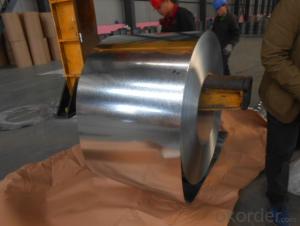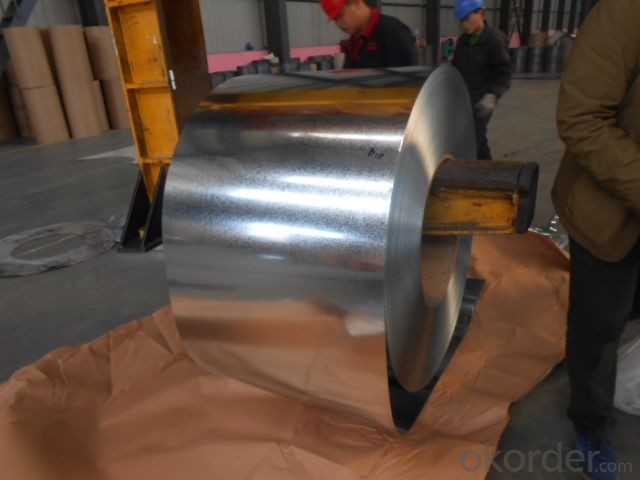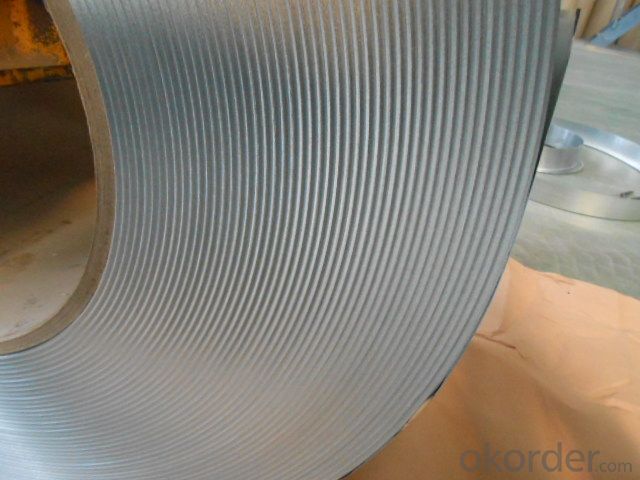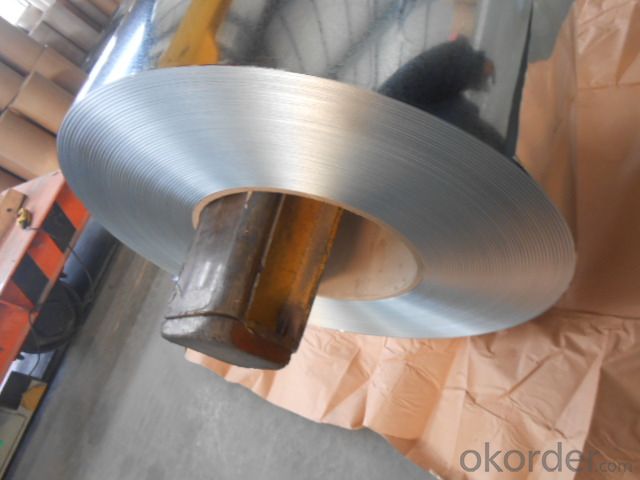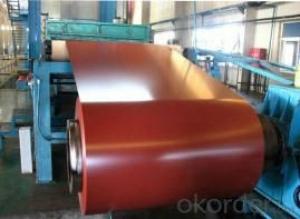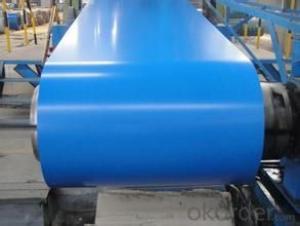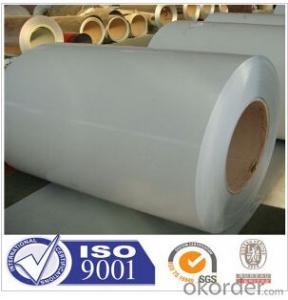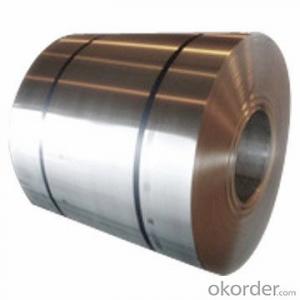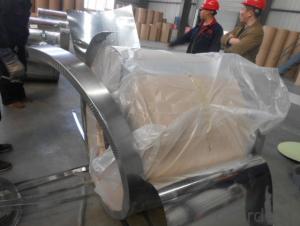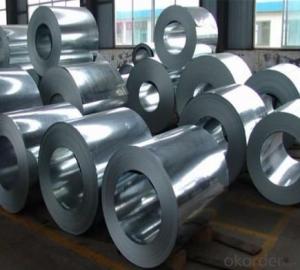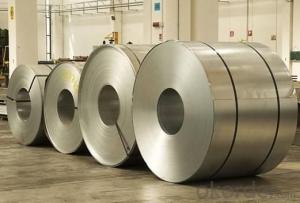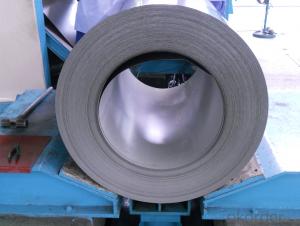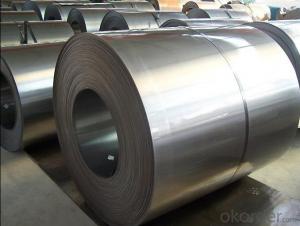HDGI Hot Dipped Galvanized Steel Coils /Sheets / Strips HDGI
- Loading Port:
- Tianjin
- Payment Terms:
- TT OR LC
- Min Order Qty:
- 50 m.t.
- Supply Capability:
- 100000 m.t./month
OKorder Service Pledge
OKorder Financial Service
You Might Also Like
Specifications
HDGI
Hot Dipped Galvanized Steel coils/ sheets/strips
Zn:40-275g
Thickness:0.16mm-2.5mm
Width:20mm-1250mm
HDGI
Hot Dipped Galvanized Steel coils/ sheets/strips
Zn:40-275g
Thickness:0.16mm-2.5mm
Width:20mm-1250mm
HDGI Galvanized Steel Sheets JIS G3312,CGCC,Colour coated steel coil,GI or GL base,thickness:0.16-2.5mm,Width:20-1250mm 3) Zinc Coating:according to customer need
Galvanized Steel Sheets Technical Data
PRODUCTGalvanized steel coilsSTANDARD JIS, ASTMBASE PLATE hot dipped zinc coated steel coil, hot dipped A-Z coated steel coilsCAPACITY3000mts/per monthSIZEThickness 0.16mm—2.5mm, width 20mm—1250mmZINC COATING40g-180g COIL WGT3MT-7MTCOIL IDφ508mm/φ610mmSURFACE TYPEGalvanized
Surface
1)REGULAR SPANGLE:
The Usage of Glavanized Steel Coil:
Galvanized steel coil products mainly used in construction, light industry, automobile, agriculture, animal husbandry, fishery and commerce industries ect.
(1) In construction industry, hot dip galvanized steel coil is mainly used to manufacture anticorrosion, industrial and civil architecture roof boarding, roof grille, etc.
(2) Light industries use hot dip galvanized steel coil to make home appliance’s case, civil chimney, kitchen utensils, etc.
(3) Auto industry mainly use hot dip galvanized steel coil to produce corrosion resistant parts of cars
(4) Agriculture, animal husbandry, and fishery mainly use hot dip galvanized steel coil for food storage, meat and aquatic products’ freezing and processing equipment etc; (5) In commerce, hot dip galvanized steel coil is mainly used as the equipments to store and transport materials,and packing implements. |
- Q: How do steel coils contribute to fire resistance in buildings?
- Steel coils contribute to fire resistance in buildings in several ways. Firstly, steel coils have high melting points, which means they can withstand extremely high temperatures without losing their structural integrity. This helps prevent the collapse of the building during a fire. Additionally, steel coils have low thermal conductivity, meaning they do not readily transfer heat. This property helps to contain the spread of fire, preventing it from spreading rapidly within the building. Moreover, steel coils can be used to reinforce concrete structures, enhancing their fire resistance. By providing strength and stability to the building, steel coils play a crucial role in ensuring the overall fire safety of the structure.
- Q: How are steel coils used in the manufacturing of industrial boilers?
- Steel coils are used in the manufacturing of industrial boilers as they provide a strong and durable material for constructing the boiler's shell and tubes. The coils are shaped and welded together to form the boiler's structure, ensuring a sturdy and reliable construction. Additionally, the steel coils are often coated or treated to resist corrosion and withstand high temperature and pressure conditions, making them suitable for the demanding environment of industrial boiler operations.
- Q: What are the different methods of painting steel coils?
- Painting steel coils can be achieved using various methods, each with unique benefits and practical applications. 1. Coil coating, an automated and continuous process, unwinds, cleans, pretreats, primes, paints, and cures the steel coils before rewinding them. This method guarantees precise paint application control and ensures a consistent finish. It is widely employed in high-volume production for industries like automotive and construction. 2. Spray painting, a versatile and flexible method, involves manually or mechanically spraying paint onto the steel coils. It allows for customization and precise control over the paint application. Depending on the desired finish and project requirements, spray painting can be done using techniques like airless spraying or electrostatic spraying. 3. Dip coating, also known as immersion coating, immerses the steel coils into a paint tank, ensuring complete coverage of all surfaces. This method is suitable for large or bulky steel coils that are not easily spray painted. Dip coating provides excellent coverage and is commonly used in applications like the electrical or appliance industry. 4. Powder coating, an electrostatic process, applies dry powder paint to the steel coils. Charged powder particles adhere to the grounded coils, creating a durable and even coating. This method offers superior resistance to impact, chemicals, and UV rays. It is frequently utilized in industries requiring high-quality and long-lasting finishes, such as aerospace or outdoor equipment. 5. Roll coating passes the steel coils through a series of rollers partially submerged in paint. As the coils move through the rollers, the paint is transferred to their surface. Roll coating is preferred for thin or delicate steel coils, as it provides a gentle and uniform paint application. It is commonly used in the appliance or electronics industry. Each method has its advantages and is selected based on factors like desired finish, production volume, cost, and project-specific requirements. Ultimately, the choice of painting method depends on achieving the optimal balance between quality, efficiency, and cost-effectiveness.
- Q: So here's the deal:I recently bought McCann's Instant Steel-Cut Oatmeal, and I'm wondering about any possible nutritional differences between the instant and regular stove-top. In case you haven't seen it, instant steel-cut comes in individual packets and is cooked only by adding boiling water, the same as instant rolled oatmeal (i.e. Quaker).When I asked about instant vs. stove-top rolled oats, my doctor said there are no significant nutritional differences, but since the main health appeal of steel-cut is the coarse grain, it doesn't seem possible for the finer ground instant to be as nutritious.I can't find much info about this, so any help is appreciated!
- The rationale for consuming steel cut oats rather than rolled oats (beyond the fact that the former taste really good) is the lower glycemic index. It is my understanding that in the rolled oat category, it is better to eat the long-cooking variety rather the instant for the improved fiber load and lower glycemic index. While I do not understand exactly how instant steel cut oats are processed and how much the glycemic index is affected by processing, it is safe to assume that the old unprocessed steel cut oats are still best. I always prepare 4-6 servings of the steel cut oats at one time and warm up a serving when needed to avoid having to wait 30 minutes to cook them. My rule of thumb: the less processing for any food product, the better it is for me.
- Q: How are steel coils used in the production of steel handles?
- Steel coils are used in the production of steel handles by being processed and shaped into the desired handle design. The coils are uncoiled and fed into a machine where they are cut, bent, and formed to create the handle shape. The coils provide the raw material needed for the manufacturing process, ensuring the handles are strong, durable, and able to withstand the required usage.
- Q: Hello. right now i have been playing electric and acoustic guitar for 6 years. I currently became very interested in learning the pedal steel guitar. I will be teaching myself so is it really hard to learn? Are there a lot of songs online that could give me tabs? Basically im asking if it is worthwhile to spend a lot of money. I dont want it if there are only 3 songs im gona learn. im up for the challenge im just curious how hard it was to learn. thanks for your help.
- The okorder /... Beware of eBay deals unless you know what you're buying. To start, you should get a 10-string single neck with 3 pedals and 4 levers. Some of the student models don't have as many levers and aren't capable of all the changes you need. Stay away from the ShoBud Maverick...you'll outgrow it in a couple of months. Often it makes more sense to buy a used professional model...you'll eventually need one, and they hold their value better than a student model. You'll also need a volume pedal, bar, thumb and finger picks. For now, your guitar amp will be ok. Playing the guitar: There are several tunings and lots of different combinations of levers, but the basic guitar is a 10 string E9 tuning. It's almost an open E but with a few extra notes. The pedals and levers raise and lower the pitch of selected strings. Chord changes are made by moving the bar and pressing pedals and levers. The volume pedal helps you swell and sustain notes. Steel has it's own unique tablature which reflects all these changes. If you have any other questions, feel free to email me or just join the PSG forum and ask there.
- Q: What are the different types of steel coil surface treatments?
- The different types of steel coil surface treatments include hot-dip galvanizing, electro-galvanizing, organic coating, and pickling and oiling.
- Q: What are the common sizes of steel coils?
- The common sizes of steel coils vary depending on the specific application and industry. However, some standard sizes for steel coils include widths ranging from 0.5 inches to 72 inches, and thicknesses ranging from 0.010 inches to 0.250 inches. These sizes can be customized to meet the specific requirements of different industries such as automotive, construction, or manufacturing.
- Q: What are the common applications of hot-rolled steel coils?
- Hot-rolled steel coils possess distinctive characteristics and versatility, making them widely utilized in diverse industries. The following are some of the common uses of hot-rolled steel coils: 1. Automotive industry: Extensively employed in the automotive sector, hot-rolled steel coils are ideal for manufacturing components such as frames, doors, hoods, wheels, and chassis due to their strength and formability. This enables the production of durable and lightweight automotive parts. 2. Construction sector: Hot-rolled steel coils are widely employed in construction projects to manufacture structural components like beams, columns, and trusses. Their high strength and ductility make them suitable for withstanding heavy loads and providing structural stability. 3. Manufacturing industry: The manufacturing sector utilizes hot-rolled steel coils to produce a wide range of products including machinery parts, pipes, tubes, and equipment. Hot-rolled steel's excellent machinability and weldability allow for easy fabrication and customization according to specific manufacturing requirements. 4. Energy sector: The energy sector employs hot-rolled steel coils to manufacture pipelines, tanks, and other infrastructure required for oil and gas exploration, transmission, and storage. Hot-rolled steel's corrosion resistance and strength make it a preferred choice for such applications. 5. Appliances and furniture industry: Hot-rolled steel coils are used in the manufacturing of appliances such as refrigerators, ovens, and washing machines, as well as furniture components like frames and supports. The aesthetic appeal, durability, and cost-effectiveness of hot-rolled steel make it a popular choice in these industries. 6. Shipbuilding industry: The shipbuilding sector extensively relies on hot-rolled steel coils for constructing components like hulls, decks, and bulkheads. Hot-rolled steel's high tensile strength and corrosion resistance ensure the durability and longevity of ships in harsh marine environments. 7. Infrastructure and bridge construction: Hot-rolled steel coils are utilized in the construction of bridges, highways, and other infrastructure projects. The high strength and load-bearing capacity of hot-rolled steel make it suitable for supporting heavy traffic and withstanding dynamic loads. In conclusion, hot-rolled steel coils are utilized in various industries including automotive, construction, manufacturing, energy, appliances and furniture, shipbuilding, and infrastructure. The unique properties of hot-rolled steel, such as high strength, formability, and versatility, make it an indispensable material for a wide range of applications.
- Q: What is the thickness range of steel coils?
- The thickness range of steel coils can vary depending on the specific application and industry requirements. However, generally, the thickness range of steel coils can range from as thin as 0.005 inches (0.13 mm) to as thick as 0.5 inches (12.7 mm) or even more.
Send your message to us
HDGI Hot Dipped Galvanized Steel Coils /Sheets / Strips HDGI
- Loading Port:
- Tianjin
- Payment Terms:
- TT OR LC
- Min Order Qty:
- 50 m.t.
- Supply Capability:
- 100000 m.t./month
OKorder Service Pledge
OKorder Financial Service
Similar products
Hot products
Hot Searches
Related keywords
